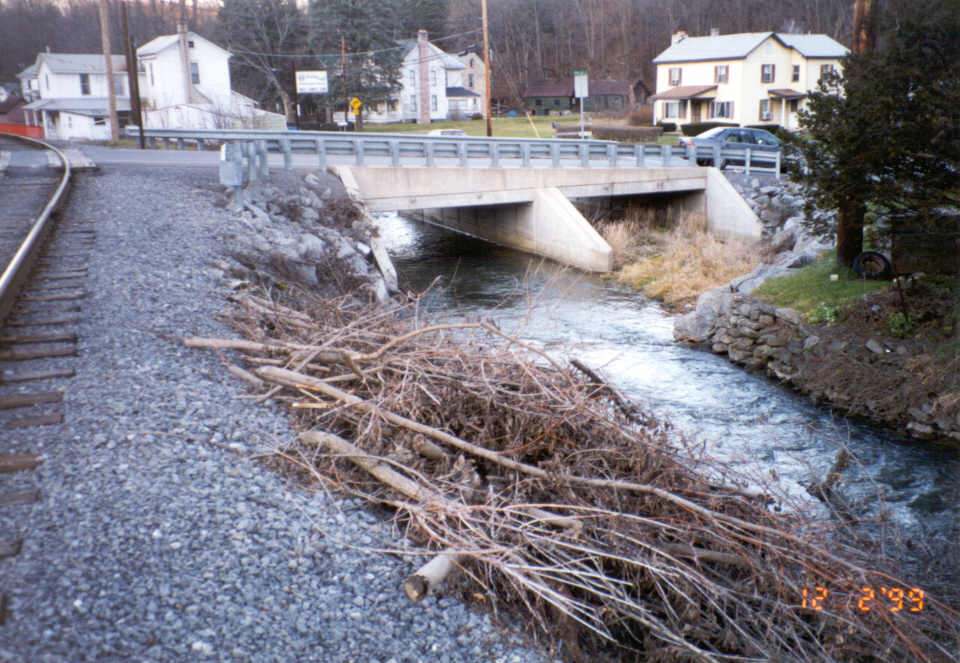Uncertainty in Stream Restoration.
The design of stream channel naturalization, rehabilitation, and
restoration projects are inherently fraught with uncertainty.
Although a systematic approach to design can be described, the
likelihood of success or failure of the design is unknown due to
uncertainties within the design and implementation process.
Failure Modes and Effects Analysis (FMEA) can be used as a decision
tool that incorporates uncertainty in decision making during the design
phase. FMEA considers risk in terms of the consequences of
failure, the likelihood of a component failure, and the level of
difficulty required to detect failure.
References
1. Johnson, P.A., and Heil, T.M., 1996. Uncertainty
in estimating bankfull conditions. Water Resources Bulletin,
32(6), 1283-1292.
2. Rinaldi, M., and Johnson, P.A., 1997. Characterization of
stream meanders for stream restoration. Journal of Hydraulic
Engineering, ASCE, 123(6), 567-570
3. Rinaldi, M., and Johnson, P.A., 1997. Stream meander
restoration. Journal of the American Water Resources Association,
33(4), 867-878.
4. Johnson, P.A., and Brown, E.R., 2001. Incorporating
uncertainty in the design of stream channel modifications. Journal of
the American Water Resources Association, 37(5), 1225-1236.
|

|

